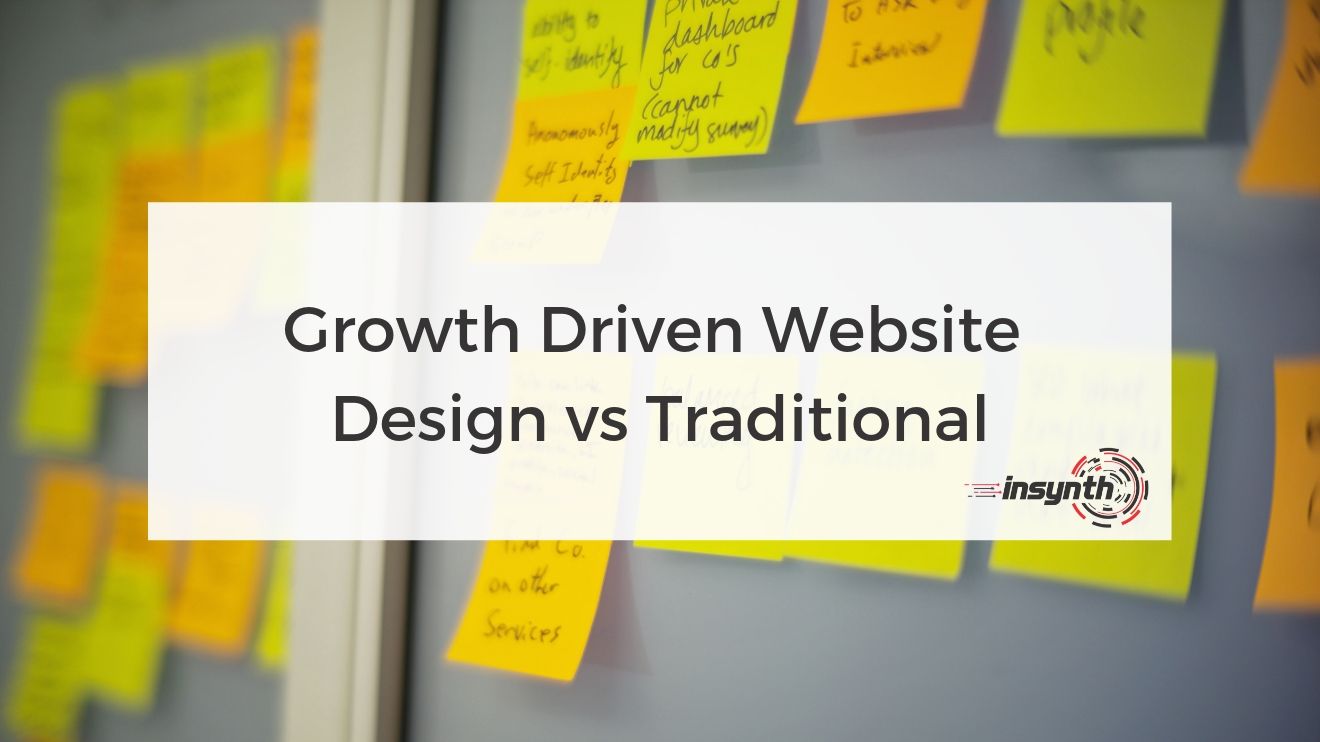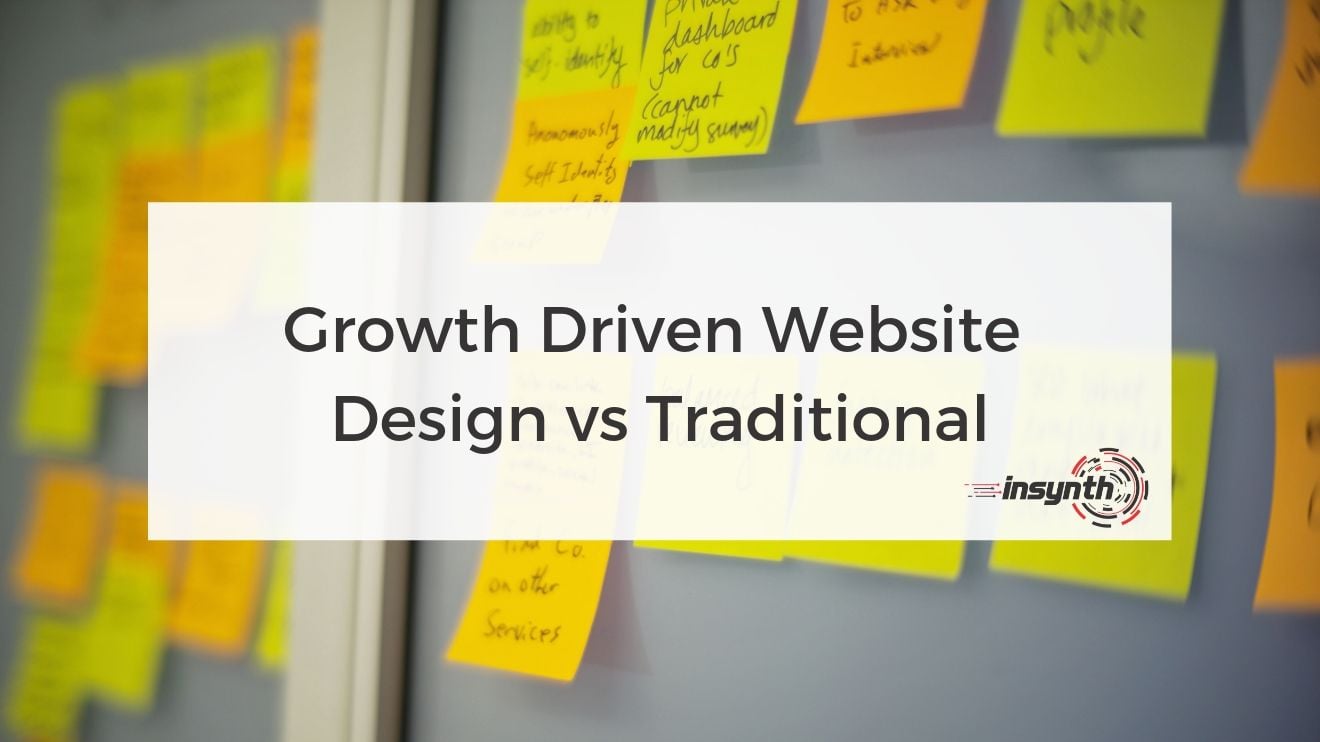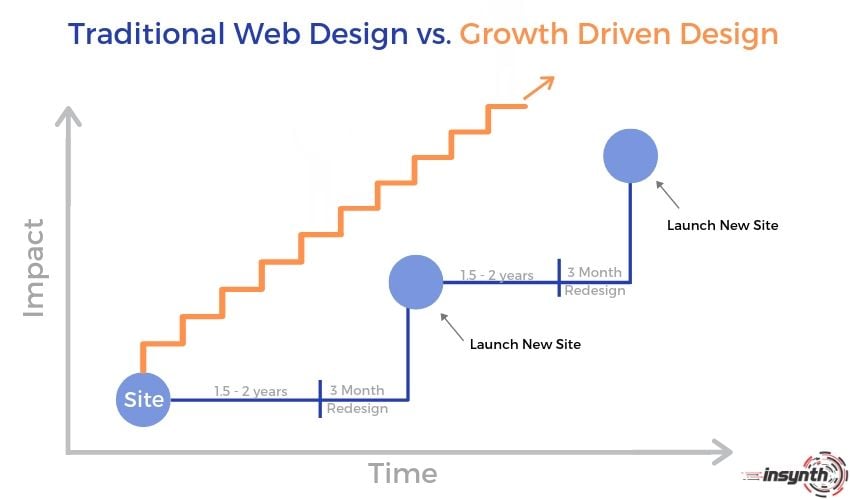

When it comes to re-designing your website, traditionally it’s a long process and it can be 6-12 months before results are delivered. Growth Driven Design is a methodology that takes a systematic approach to optimising your website in a much shorter time period.
It’s about learning what is working and what isn’t based on user data from the outset. In the GDD process you can then assess what changes will have the best impact on increasing visitors, leads and sales.
Growth Driven Design rethinks the traditional website design cycle of changing your site every 2-3 years. Instead, it focuses on learning and improving based on user feedback and behaviour in incremental design sprints.
What Growth Driven Design focuses on
- Continual learning based on live site data
- Opportunities to boost conversion
- Creating marketing and sales assets
- Optimising for search as well as website visitors
- Making incremental changes and learning from them
Reasons Why You May Redesign Your Website Using Growth Driven Design
You don’t want to spend lots of money upfront
A traditional website builds can take anywhere from 6-12 months and in some cases even longer. Often paying half-up front and half on completion. GDD spreads the cost over 12 months and you’ll get to see the results from a much earlier stage.
Your website isn’t generating enough leads
Take a look at the last quarter, if you haven’t updated your website or your lead volume has decreased you should be considering what to do next. Open your analytics and find your top performing pages. Work out how you can improve them by refreshing the content or setting up a lead conversion offer.
Your organic traffic is low or isn’t increasing each month
If people are searching for your products but not finding your site, it’s likely they’ll be going to a competitor instead. You should be regularly creating content optimised for search and your buyer personas. You’ll also want to check the health of your website to ensure your efforts aren’t going to waste.
Growth Driven Design vs Traditional Design
Traditionally, a business realises their website is under performing and need to update it. After bureaucratic delay, an agency or developer is hired to revamp the site. Months have passed by, after a back and forth a new site has been built pretty much from scratch.
A few years later (or even longer!) this reactive process is repeated. The approach is time consuming, costly and doesn’t often meet the needs of sales and marketing.
On the other hand, growth driven design is an ongoing process. Rather than planning to do everything at once, GDD focuses on making steady changes in shorter time frames then validating those results with real user data.

Traditional Website Design
- Large upfront cost
- Little to no real-user testing
- No major updates for 1-3 years, sometimes even longer
- Work completed in 6-12 months, sometimes even longer
Growth-Driven Design
- Cost spread over 12 months
- Real-user feedback from a much earlier stage
- Continuous feedback to improve conversions
- Short sprints on changes that will make the most impact
Principles of Growth Driven Design
Much like traditional web design, GDD begins with what you want to get out of your new website i.e. what you hope to accomplish. Your buyer personas so we know what we need to include and what they care about. For specifiers, contractors and architects you can find that here.
Phase 1: strategy
Goals and planning
Set yourself SMART goals and figure out what you want to accomplish.
Your target customer
Specifiers, contractors, architects or direct to consumers. Create buyer personas around them and use that to inform the changes you make to your website.
Research
Find out what is working and what isn’t, you can do this using analytic information, user information or with a complimentary website audit from us.
Consult with sales and marketing
Sales get to talk to customers daily, use this opportunity to pass on any valuable feedback gathered from your website. Marketing may have created a blog post that resonated particularly well with your audience.
Phase 2: wishlist
Create a list of action items or changes you’d like your new site to have
This could include more call to actions, content better aligned to the specifier’s journey or a more friendly user experience for architects.
Prioritise the changes you want to make
With this process you’ll want to whittle out the nice-to-have vs the must-have changes. Then you’ll be able to figure out what needs to be done in the first few months, and what can be done at a later stage.
Phase 3: launch and learn
Test the impact of the change and measure the results
Growth driven design allows you to learn from the changes you make and take those lessons to other parts of your marketing.
Take the top performing pages
If a website overhaul is required, it’s about taking the top performing pages of the existing site and using those to create a launch pad website.
Collect data
Ensure you’re collecting data, this could be through analytics, heatmaps, visitor recordings or direct user feedback. It will allow you to evaluate and learn from the changes you’re making.
Conclusion
All too often we speak to building product and construction companies where they’ve been recommended by an agency to scrap their old website. They then are told to spend thousands on something they may not see in the next 6-12 months.
Even then, without real user feedback nobody can be sure if it will increase specifications and orders.
Growth Driven Design is based on taking what is working, making changes with the biggest impact and implementing those earlier on, to not only validate them but ensuring that they have a real business impact.
About Insynth As the only HubSpot certified agency to major on construction marketing, we bring together construction marketing strategy, digital strategy, website design, SEO, content marketing, email marketing, sales automation, marketing automation and HubSpot CRM implementation to produce successful campaigns and great results for our clients. |

